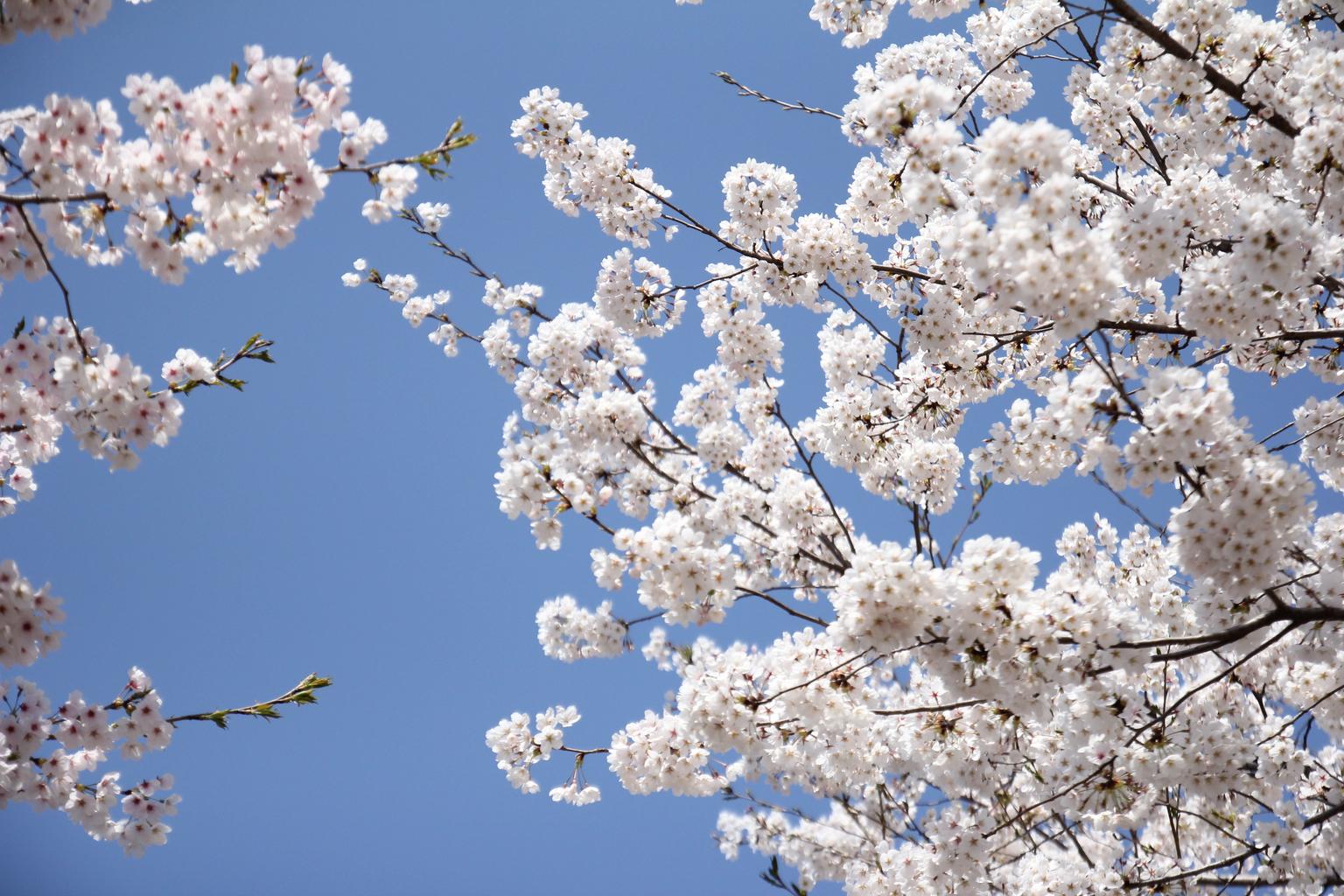Introduction
Air purifiers have become a staple in many homes, especially for those with allergies, pets, or living in urban areas filled with pollutants. They work tirelessly to filter out dust, pollen, pet dander, and other harmful particles from the air we breathe. However, like any device, air purifiers can run into problems that may hinder their performance. Understanding how to troubleshoot these common issues can enhance the longevity of your air purifier and improve indoor air quality. In this article, we'll cover essential troubleshooting tips for common air https://zenwriting.net/jeovisjhkj/h1-b-environmental-control-devices-choosing-between-compact-appliances-and purifier problems.
Essential Troubleshooting Tips for Common Air Purifier Problems
Understanding Your Air Purifier's Functionality
Before diving into troubleshooting tips, it's vital to understand how an air purifier operates. Typically equipped with multiple filters—HEPA filters, activated carbon filters, and pre-filters—air purifiers clean the air by trapping particles and neutralizing odors.
Common Issues Encountered with Air Purifiers
Even the most reliable air purifiers can face issues such as:
Unusual Noises Red Lights Indicating Problems Poor Air Quality Inefficient Filtering Error Codes Displaying on Control Panel Humidification Problems in Combination UnitsWhat Does a Red Light Mean on Your Pet Air Purifier?
A red light typically indicates that there is an issue requiring attention—be it a full filter or a malfunctioning unit. Different brands may signal various issues through color-coded lights.
How to Address Red Light Alerts:
- Check if the filter needs cleaning or replacement. Inspect the power connection. Refer to the user manual for specific error codes related to the red light indicator.
Troubleshooting Unusual Noises from Your Air Purifier
If your air purifier starts making strange noises like rattling or buzzing, it could be due to several reasons:

Steps to Fix Noise Issues:
- Turn off and unplug the unit. Inspect for loose screws or components. Clean any obstructions carefully.
Why is My Air Purifier Not Improving Indoor Air Quality?
If you've noticed that your air purifier isn't performing as expected, consider these factors:
Incorrect Filter Installation: Ensure filters are installed correctly. Filter Saturation: A saturated filter will fail to capture particles effectively.Improving Performance:
- Replace old filters promptly. Regularly check filter placement during installation.
Addressing Inefficient Filtering in Your Air Purifier Unit
If your device struggles with filtering out particulates efficiently:
Confirm you’re using the correct type of filter (e.g., HEPA). Check if vents are obstructed or dirty.Maintenance Tips for Efficient Filtration:
- Schedule regular cleaning of both internal components and external surfaces. Change filters according to manufacturer guidelines—usually every 6 months.
Air Purifier Error Codes Explained and How to Fix Them
Many modern air purifiers come equipped with error codes that indicate specific problems within the system.
Common Error Codes Include:
| Error Code | Description | Solution | |------------|------------------------------|----------------------------------| | E1 | Filter Replacement Needed | Replace Filters | | E2 | Overheating | Turn Off & Allow Cooling | | E3 | Power Failure | Check Power Connection |
Understanding these codes can save time and effort when troubleshooting your air purifier.

The Role of Humidity Levels in Air Purification
When using an air purifier that also acts as a humidifier, you might wonder how humidity levels affect performance. The ideal indoor humidity level should range between 30% - 50%.

How to Fill a Humidifier Correctly?
Follow these steps for effective humidification:
Use distilled water when possible to prevent mineral buildup. Rinse the tank regularly before refilling. Keep it clean by following manufacturer instructions on maintenance.Should I Close The Door When Using a Dehumidifier?
This is a common question among homeowners looking to enhance their dehumidifying results:
- Yes! Keeping doors closed helps maintain lower humidity levels by preventing moist outside air from entering.
Dehumidifier Helpful Insights:
- Running a dehumidifier in conjunction with an air purifier can significantly improve overall indoor comfort and health.
Comparing Tower Fans vs Pedestal Fans for Improved Ventilation
While not directly related to air purifiers, understanding ventilation options is crucial for optimal indoor climate control:
Tower Fans:
- More compact Sleeker design Often quieter
Pedestal Fans:
- Greater airflow capacity Adjustable height Typically more powerful
Choosing between these options depends on room size and personal preference.
How Often Should You Clean Your Air Purifier?
Regular maintenance is crucial for ensuring your air purifier’s longevity and effectiveness:
Pre-Filters: Clean every month or as needed based on dust accumulation. HEPA Filters: Replace every 6–12 months depending on usage frequency. Activated Carbon Filters: Replace every 3–6 months depending on odor absorption needs.By adhering to these schedules, you’ll maximize efficiency while minimizing potential problems down the line!
Signs That It’s Time To Replace Your Air Purifier Filters
It’s essential not only to clean but also replace filters when they become ineffective:
Visible Dust Build-Up: If you see heavy dust accumulation on your pre-filter after cleaning it several times without improvement. Persistent Odors: If smells linger despite using activated carbon filters regularly.Always refer back to manufacturer guidelines regarding replacement intervals!
FAQs about Air Purifiers
Q1: Can I run my air purifier continuously?
Absolutely! It’s designed for continuous operation; however, some users prefer intermittent use based upon their schedule or specific needs such as allergy seasons.
Q2: What is the average lifespan of an air purifier?
Typically ranges from 5–15 years depending upon usage frequency and maintenance practices (like timely filter replacements).
Q3: Is it safe to leave my pet near an operating pet air purifier?
Yes! Most models are designed specifically considering safety features around pets while ensuring cleaner breathing environments simultaneously!
Q4: Do I need an additional humidifier if using an air purifier?
It depends! If your living environment tends toward low humidity levels—you may benefit from adding one alongside—for balanced moisture levels improving comfort while filtering out contaminants effectively!
Q5: Why does my dehumidifier have high settings next to ‘off’?
High settings typically indicate maximum moisture extraction capabilities; consider adjusting based upon conditions present within space being treated regularly!
Q6: Can I use my dehumidifier with doors open?
While technically possible—it’s more efficient keeping them closed so no extra moisture enters while running allowing optimal performance throughout its cycle times!
Conclusion
In conclusion, troubleshooting common problems with your air purifier doesn't have to be daunting once you understand what you're dealing with! By staying proactive about maintenance—cleaning filters regularly—monitoring operational indicators like red lights—and keeping an eye out for unusual noises—you’ll ensure optimal performance year-round! Remember always refer back toward those essential troubleshooting tips shared above whenever facing uncertainty regarding functionality improvements needed across different models available today tailored towards individual preferences & lifestyles alike so everyone can enjoy fresher cleaner breathable spaces at home without worry!